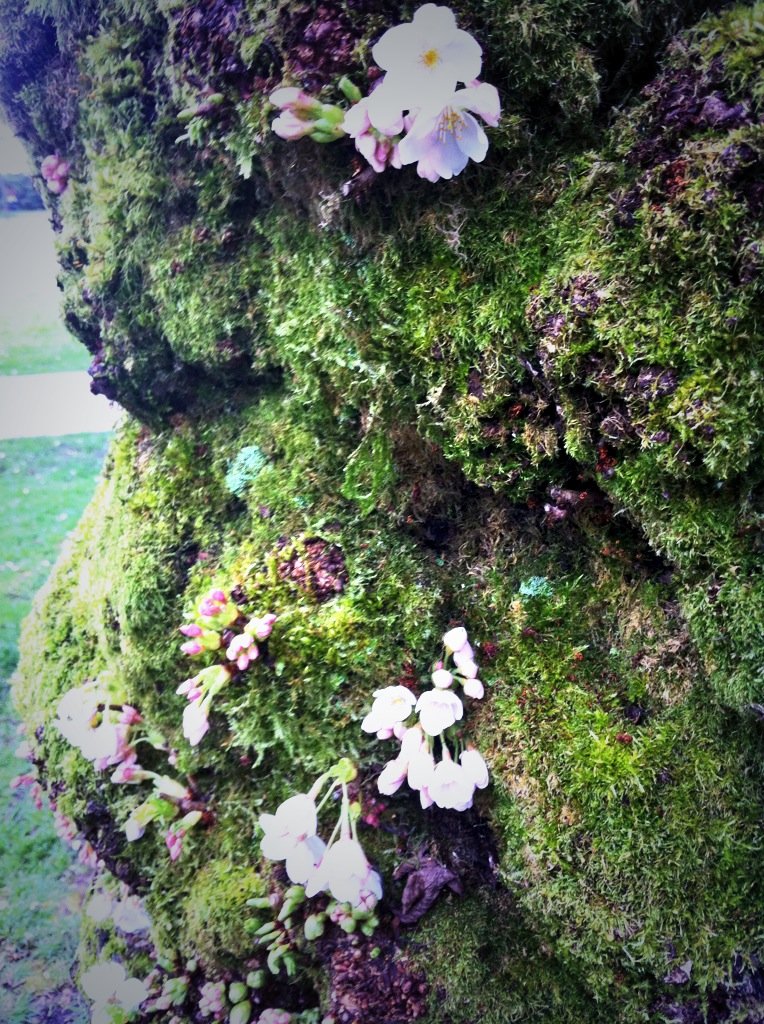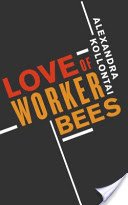Disclosure: I am an affiliate of Bookshop.org and I will earn a commission if you click through and make a purchase.
I picked up Alexandra Kollontai's Love of Worker Bees at Boneshaker Books during the AWP conference in Minneapolis. Usually, I skip a book's introduction, dive right into the fiction, and read the introduction afterwards. Kollontai's work is a rare look at the Russian Revolution, and since I'm also reading Dr. Zhivago, I wanted to get some background on her. This may have marred my reading experience.
The introduction made me crave reading more history, and perhaps Kollontai's nonfiction. Her fiction served to illustrate the feminist causes she fought for, and so in reading the short story "Sisters" I felt biased against the artistry of the story, about "a deserted wife and a prostitute who find a common bond." (Let me back up and say I think if the explicit aim of the writer is to illustrate a political cause, it would be more effective to write nonfiction. That isn't to say fiction must be apolitical. Pretty much all art is political. I believe a fiction writer should make story primary. The politics arising out of the story tend to emerge in a more complex, satisfying way when you don't set out to illustrate a specific agenda. Let the story drive.)
Set in the 1920s, "Sisters" is a frame story in which someone at a "delegates conference" is being confided in. The storyteller has left her husband, has nowhere to go, and fears she may have to resort to prostitution. After her daughter's illness, she was laid off from her job. Her husband, an executive in a government trust company, has taken to coming home drunk. She would like to work and he would like her to stay home. Things get worse when their daughter dies; he brings prostitutes home. The woman is horrified, humiliated, ready to run the second prostitute out of their house--but she sees a desperation in this sad young woman's eyes, and as they talk, realizes she is an educated young woman without money or shelter, starving, anguished. The storyteller realizes that if she hadn't been married, she'd be in a similar situation. She leaves her husband and...is at risk at being in the same situation. The story illustrates a pressing issue that Kollontai had to fight for relentlessly, that women's rights are an essential part of the revolution. She ended up in diplomatic exile for much of her adult life.
The story is affecting, in the way that if someone you met told you that story you would care and be concerned, and want to do something. So in this way, the story achieves a goal. However, the story is mostly told in summary, in the way that someone might relate their tale in real life, not told in scene, with the kind of sensory detail that draws you closer to the humanity of the characters. It feels one step removed. And so I didn't love the story, and I wouldn't press it upon anyone unless they were digging into the subject matter--the issues of feminism and Communism, the struggles of people living in Russia after the Revolution. I'll add as another caveat that is the third piece in the book. I did not read the first two and do wonder if the book is "front loaded" with stronger stories. So take my lack of enthusiasm with a grain of salt, check it out if it intrigues you, and let me know what you think.
This series on Women in Translation continues next week with a Duras novella and will finish at the end of August with a couple surprise books of contemporary poetry, review copies I was delighted to receive in the mail.

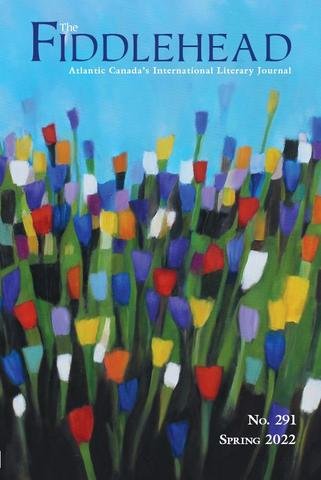
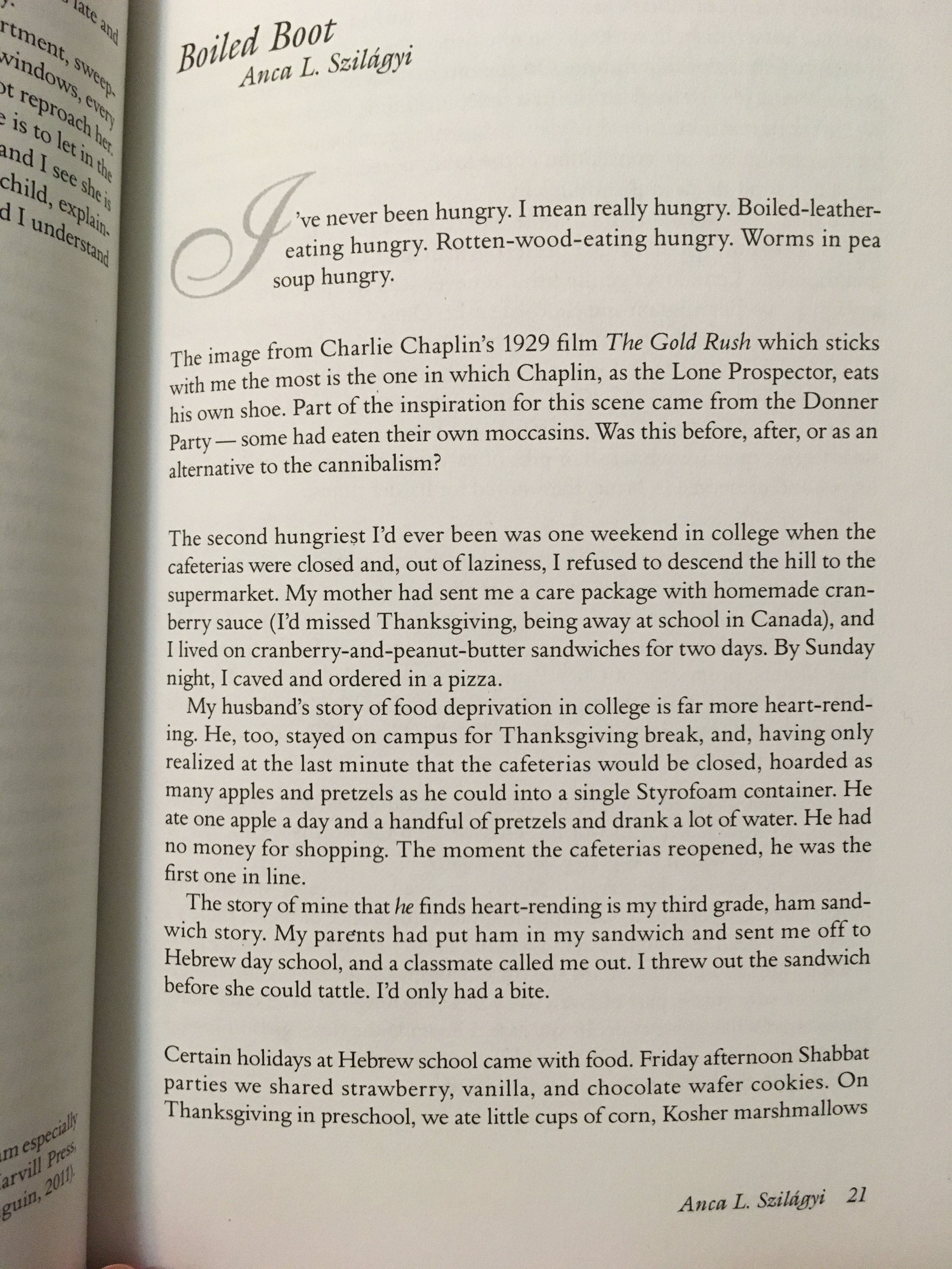
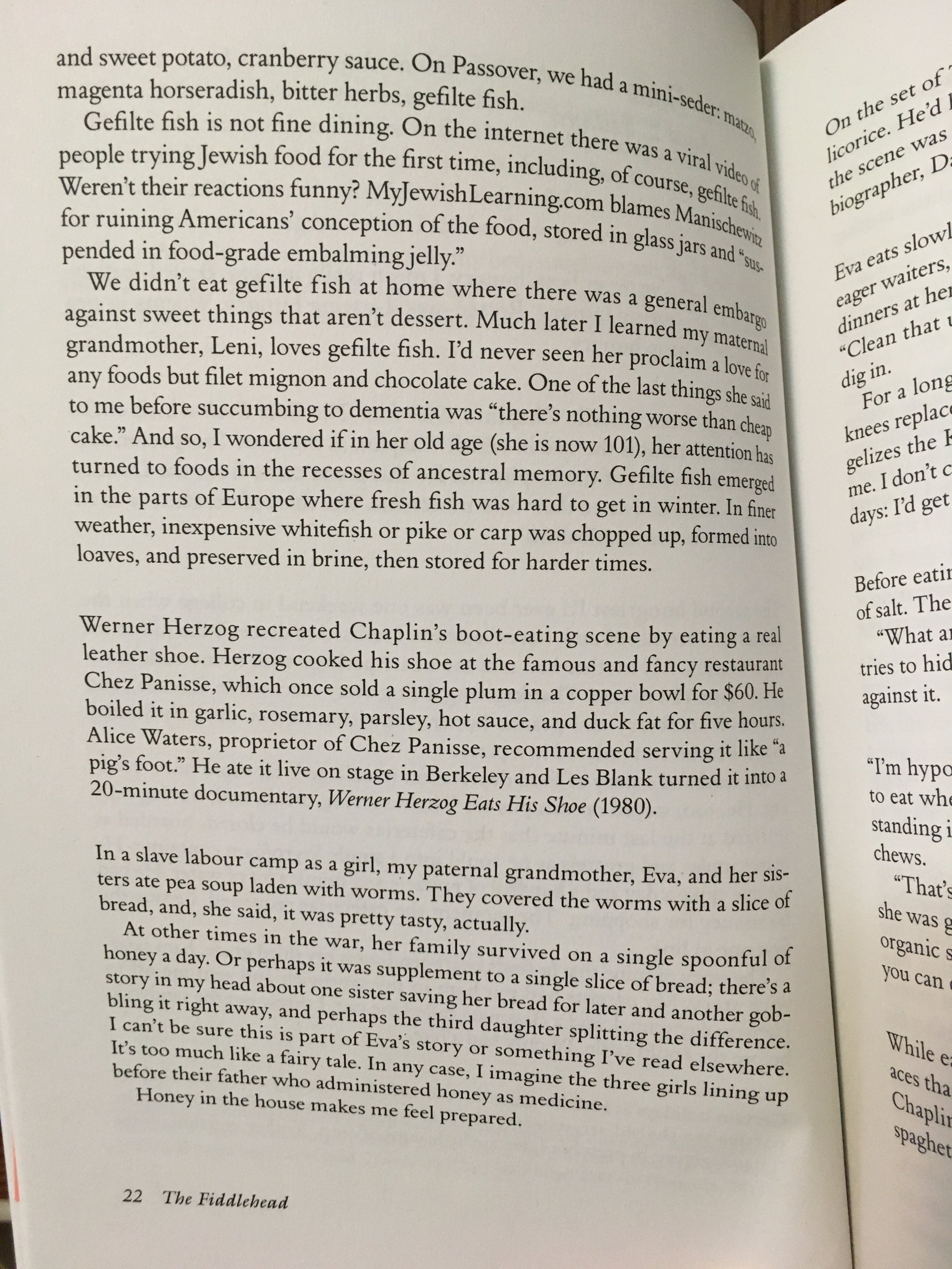
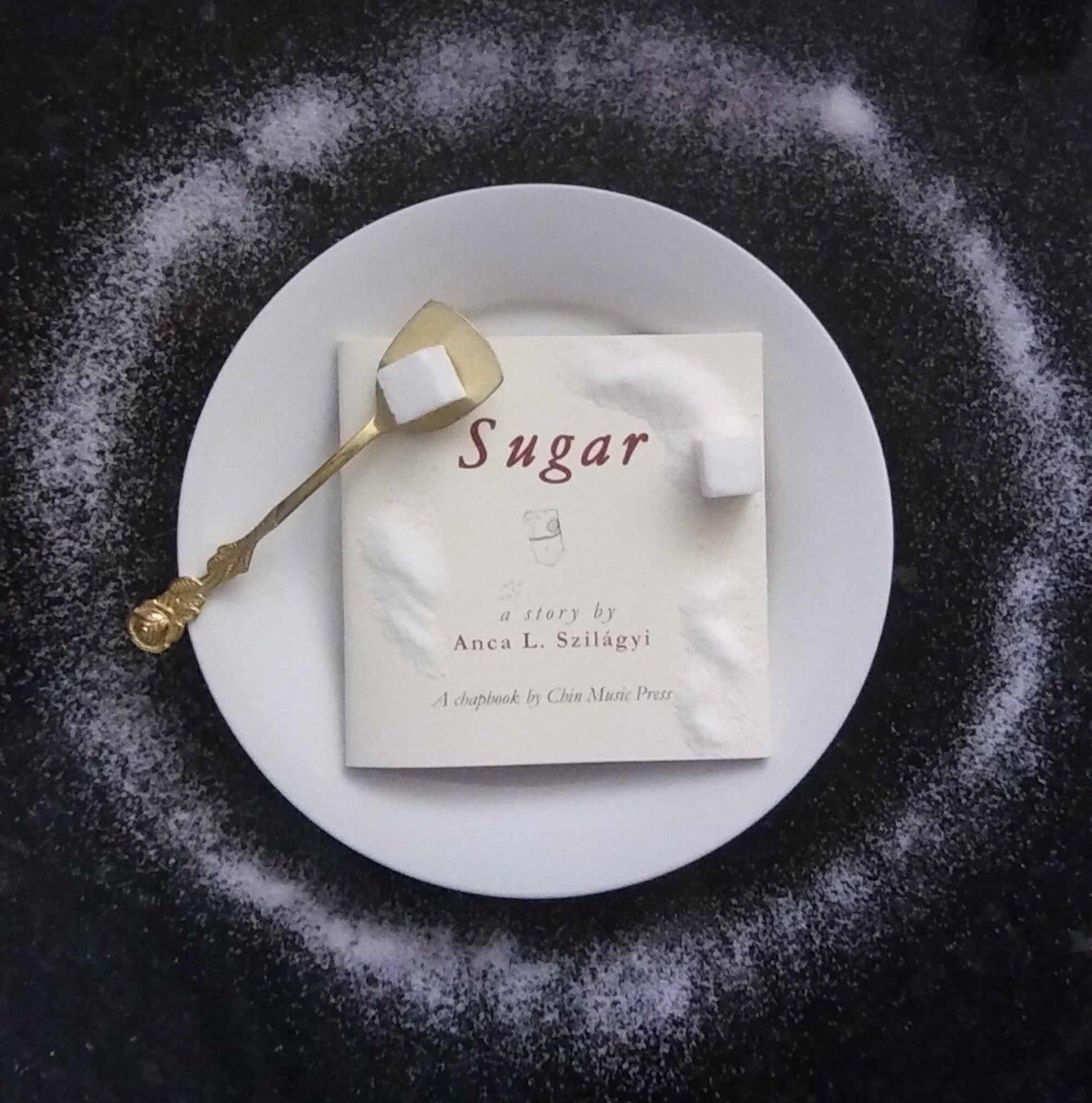 On Friday, I stopped by the
On Friday, I stopped by the 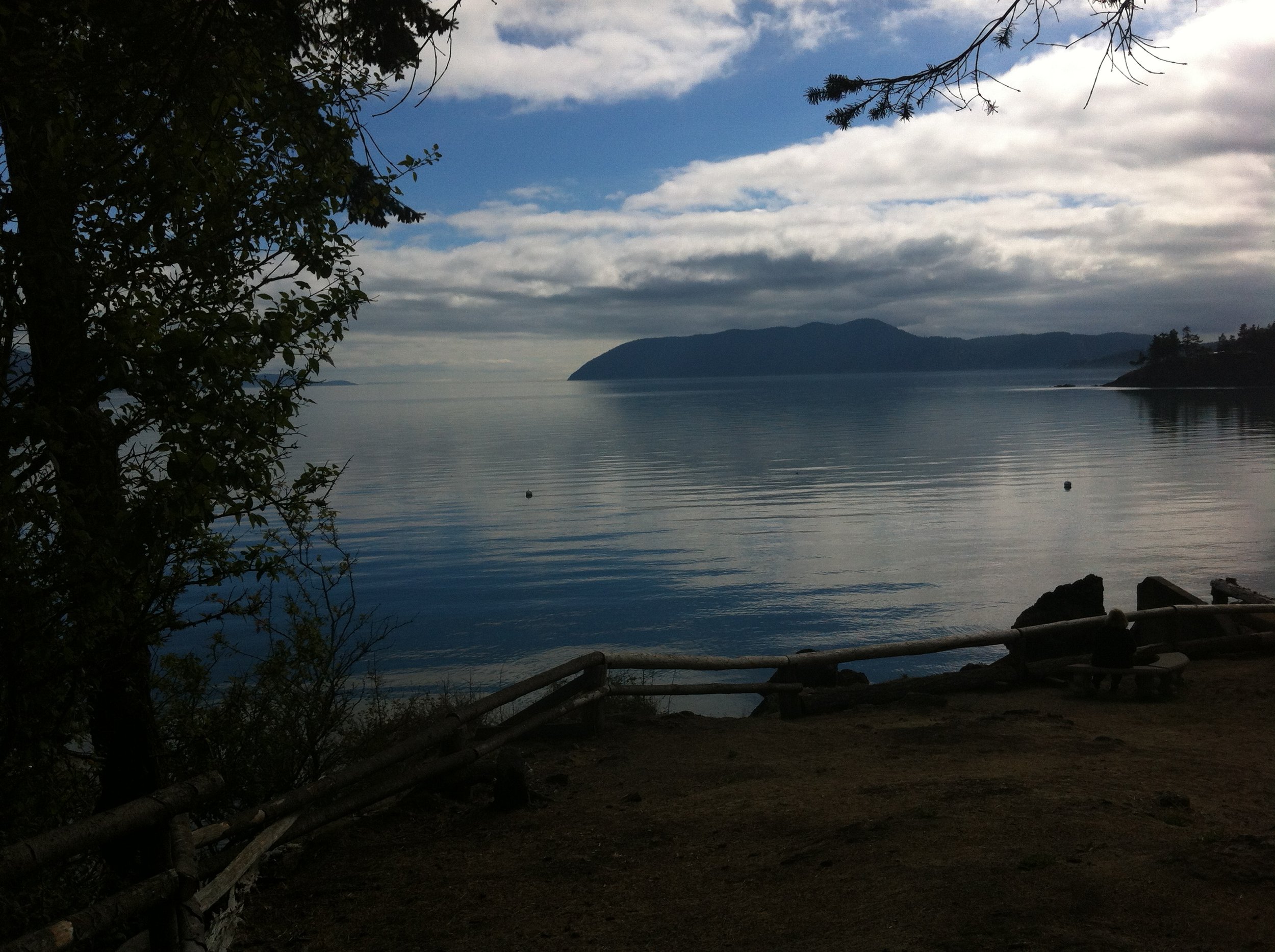 I'm back from a family trip to Orcas Island. Waiting for the ferry in Anacortes, we spotted skittering kingfishers and a great blue heron in flight--its path strangely loping. Then, in Orcas, there were the requisite cows, sheep, and horses; a buck crunching on dead leaves; and sweet doe eating dandelions. We went to the old strawberry barreling plant in the hamlet of Olga, where there are no longer any strawberry fields. And M & I baked our bones in a sauna that may have been close to 200° F. How refreshing!
I'm back from a family trip to Orcas Island. Waiting for the ferry in Anacortes, we spotted skittering kingfishers and a great blue heron in flight--its path strangely loping. Then, in Orcas, there were the requisite cows, sheep, and horses; a buck crunching on dead leaves; and sweet doe eating dandelions. We went to the old strawberry barreling plant in the hamlet of Olga, where there are no longer any strawberry fields. And M & I baked our bones in a sauna that may have been close to 200° F. How refreshing!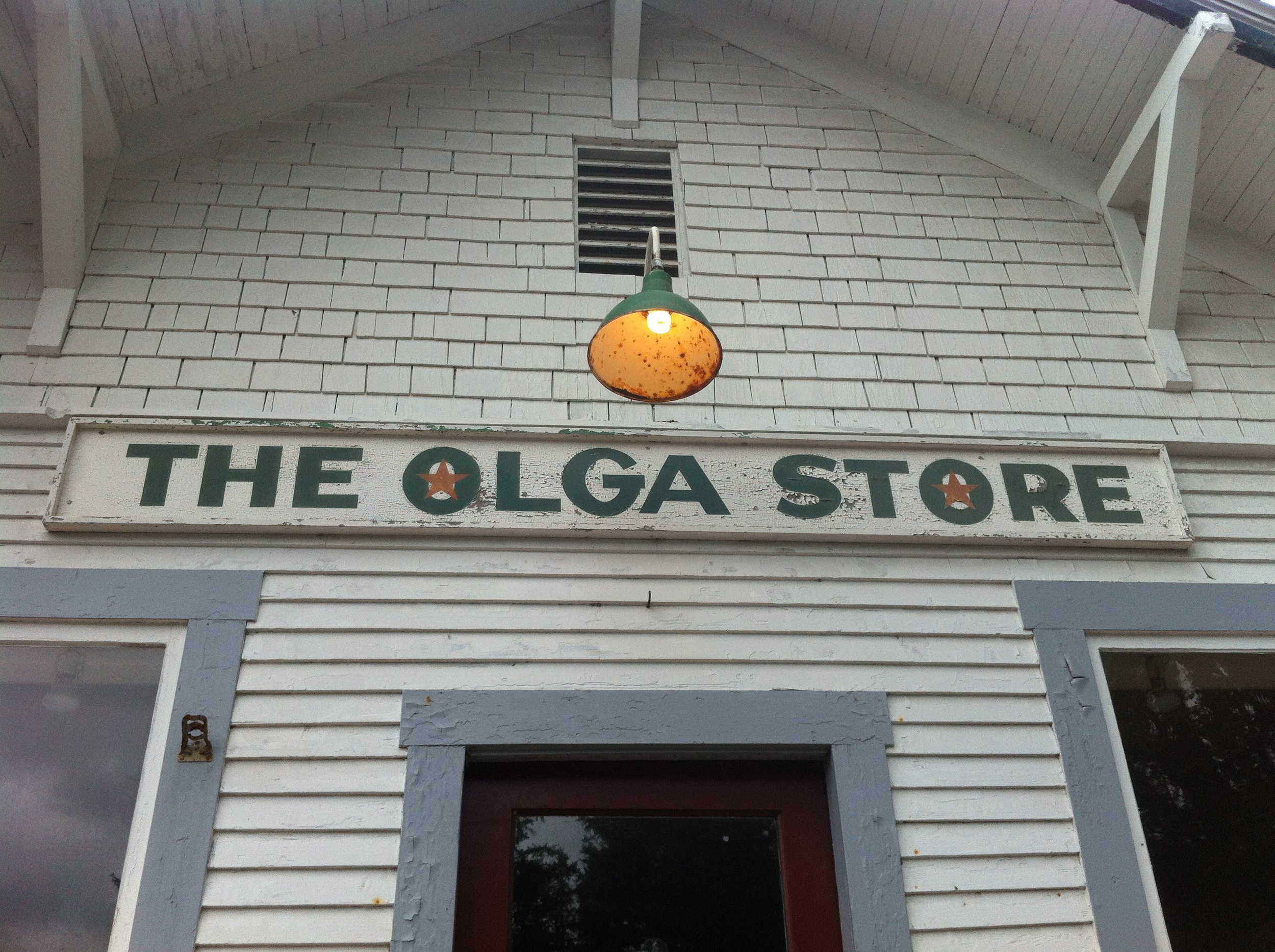 Now I'm in back-to-school mode. A few tidbits of note:
Now I'm in back-to-school mode. A few tidbits of note:
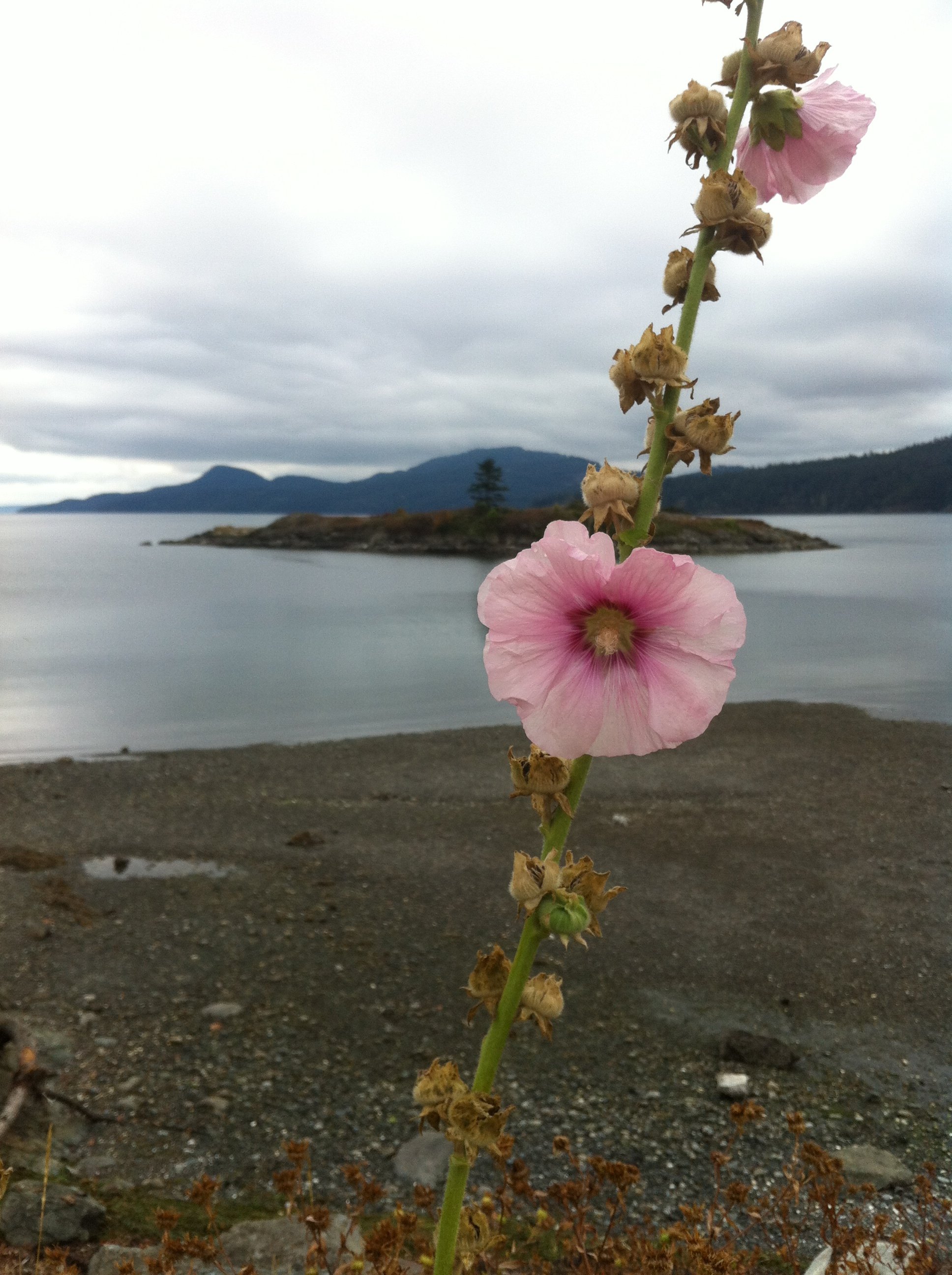
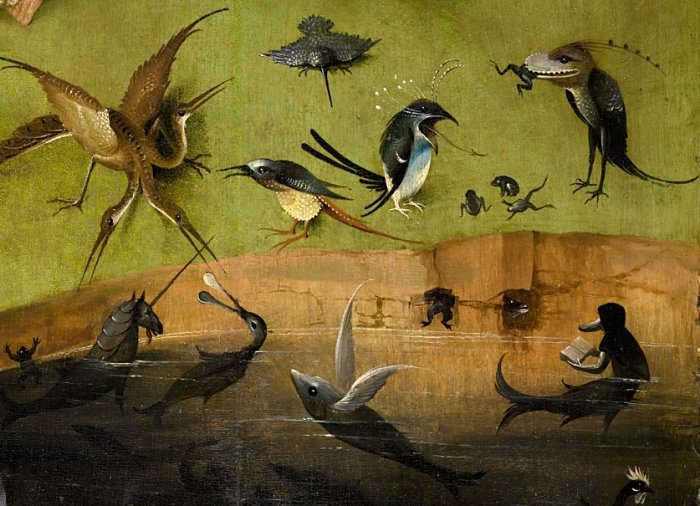 Thanks to the tremendous generosity of the
Thanks to the tremendous generosity of the 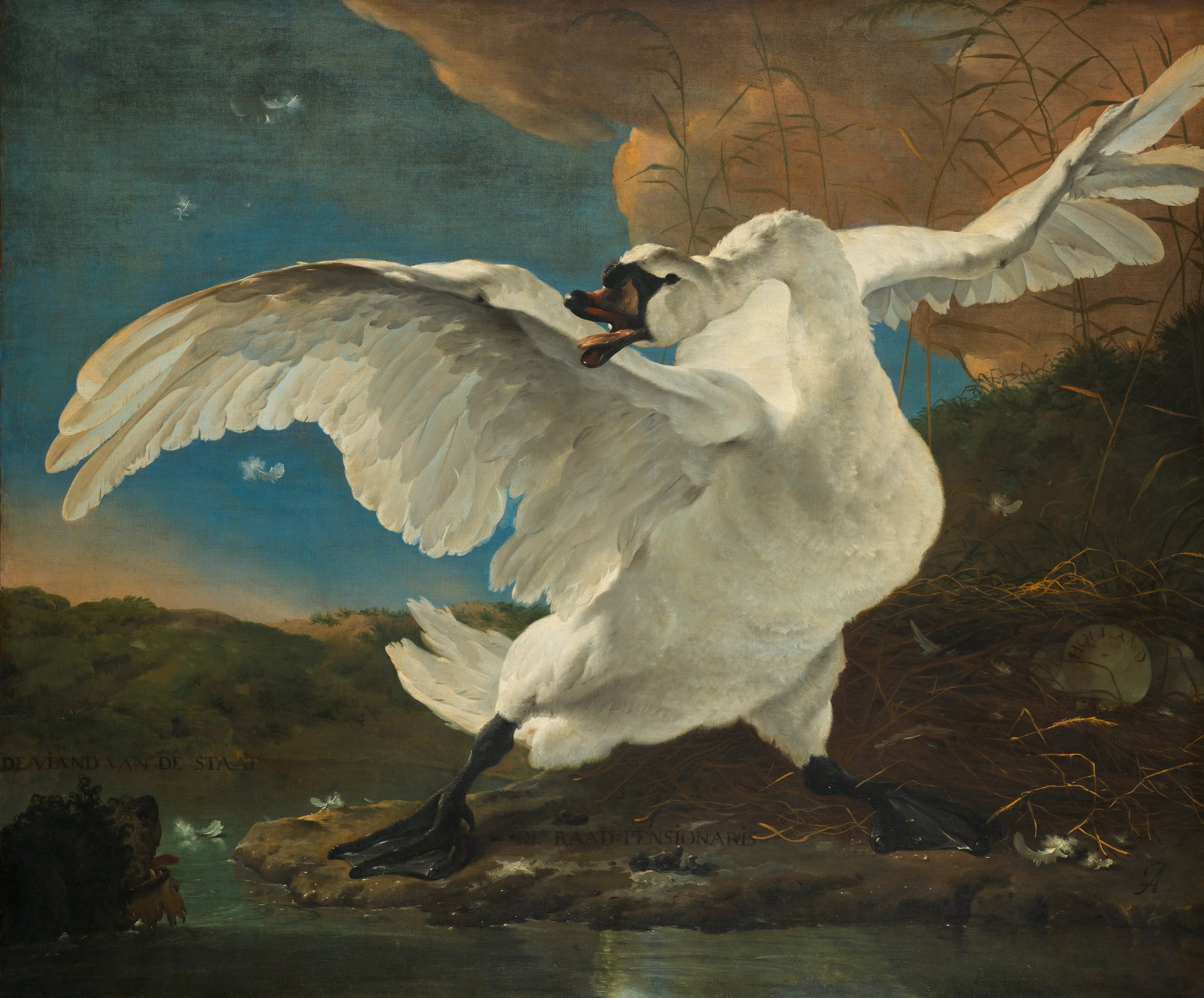 In the moat by the citadel in 'S-Hertogenbosch, an egret bullied ducks until a trio of geese chased the egret to the boardwalk where it loomed. This continued on a loop for a while. A seagull swooped down to chase the egret further and when the egret returned, the geese trailed it, sinister and slow. Sinister, at least, until we realized there were goslings near.In a canal in Rotterdam, three loons had a lovers' spat. Slapped wings, held heads beneath the water--murderous! Not far from there, we strolled past the "
In the moat by the citadel in 'S-Hertogenbosch, an egret bullied ducks until a trio of geese chased the egret to the boardwalk where it loomed. This continued on a loop for a while. A seagull swooped down to chase the egret further and when the egret returned, the geese trailed it, sinister and slow. Sinister, at least, until we realized there were goslings near.In a canal in Rotterdam, three loons had a lovers' spat. Slapped wings, held heads beneath the water--murderous! Not far from there, we strolled past the "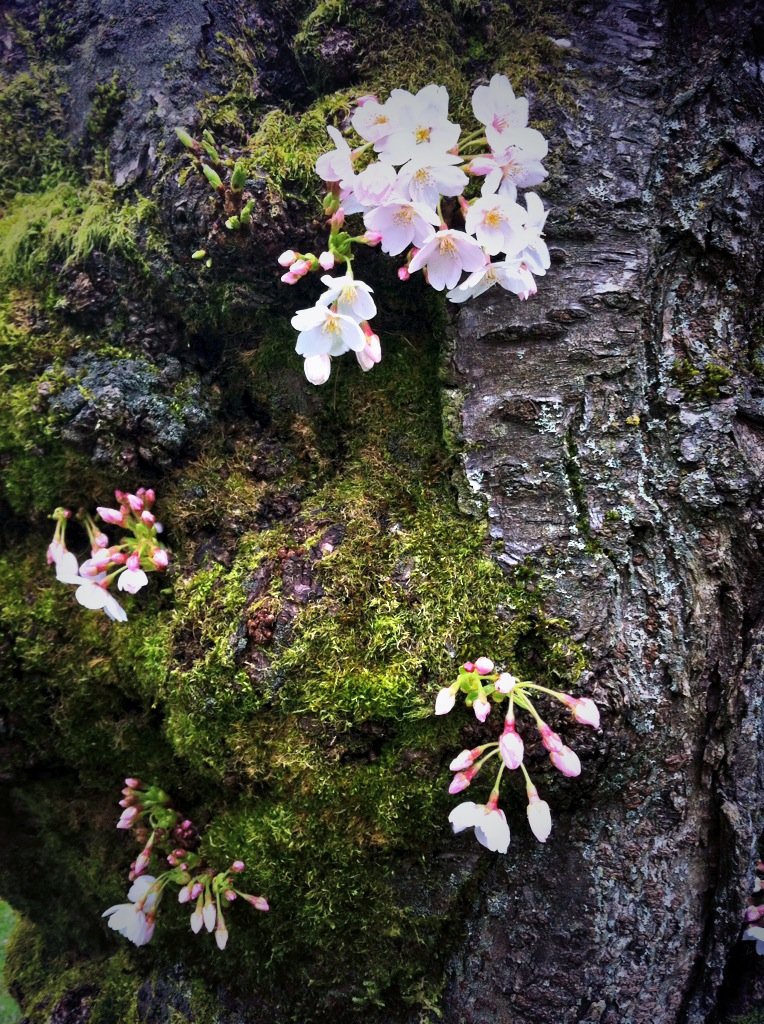 This spring, I'm teaching a six-week class on
This spring, I'm teaching a six-week class on 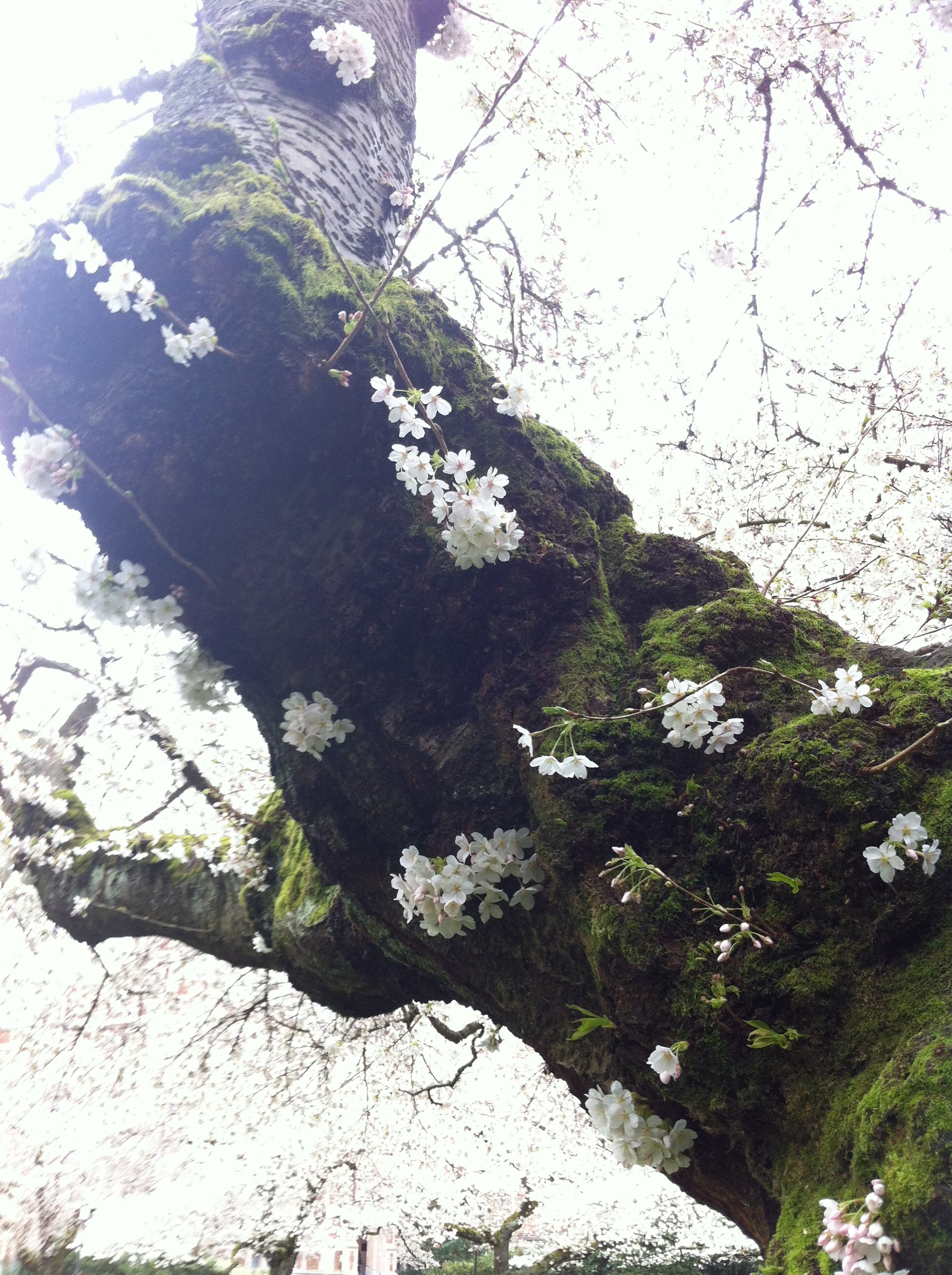 I'm also teaching a 75-minute webinar on Saturday, April 16 called
I'm also teaching a 75-minute webinar on Saturday, April 16 called 